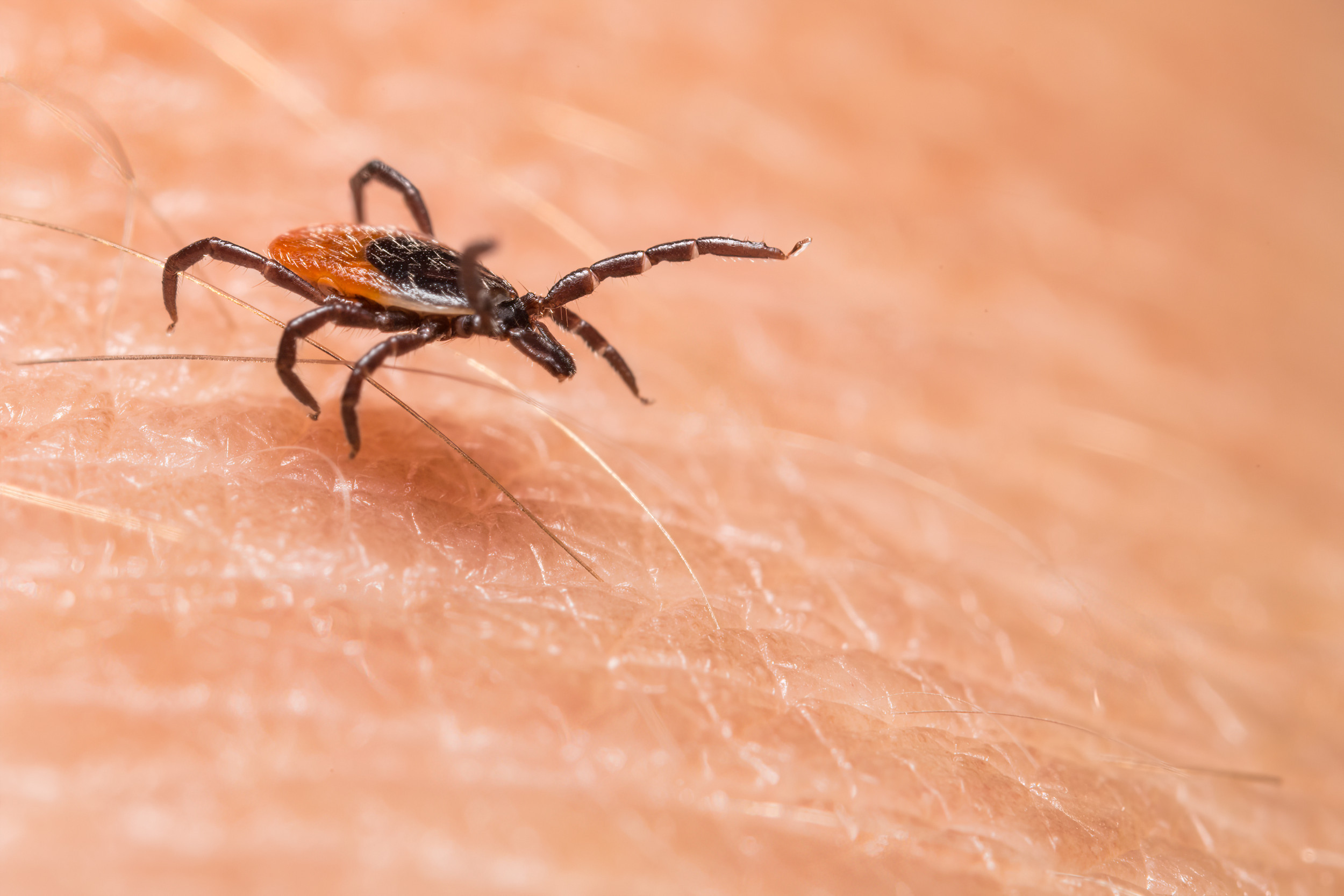A little-known disease spread by insect bites has turned deadly, and health officials are sounding the alarm. More than 8,000 cases of Oropouche virus have been reported this year as of August 1. Most have been in South America, but infections are also spreading in countries where it hasn’t been seen before, and dozens of travel-related cases have been reported in the United States and Europe.
The Pan American Health Organization, a regional arm of the World Health Organization, has issued an epidemiological alert for Oropouche virus and raised the public health risk level to “high” for the Americas region.
“Although the disease has historically been described as mild, the geographic spread in transmission and the detection of more severe cases underscore the need for increased surveillance and characterization of possible more severe manifestations,” the agency said in a statement.
The US Centers for Disease Control and Prevention has also issued a health advisory warning health care providers and public health authorities to be on the lookout for new cases and recommending that pregnant women avoid travel to affected areas.
At least 21 US travelers returning from Cuba have tested positive for Oropouche virus, the CDC said Tuesday.
What to Know About Oropouche Virus
Here’s what to know about the emerging threat.
The Oropouche virus gets its name from the village in Trinidad and Tobago where it was discovered in 1955. Since then, about 500,000 cases have been recorded. But knowledge of the disease is limited, with The Lancet medical journal even calling it a “mysterious threat” in a recent editorial.
Symptoms
About 60% of people who are infected develop symptoms, according to the CDC. These can appear similarly to those caused by dengue or Zika, including sudden onset of fever, chills, headache, muscle pain and joint stiffness. Other symptoms can include eye pain, light sensitivity, nausea, vomiting, diarrhea, fatigue and rash. In rare cases, the disease can infect the nervous system and cause meningitis and encephalitis.
Transmission
It is endemic to the Amazon basin region of South America, particularly in forested areas where transmission is maintained in a cycle between insects and other hosts such as rodents, sloths and birds. It’s sometimes called “sloth fever.”
Oropouche Virus and Pregnancy
Oropouche virus comes from a different viral family than Zika, but it raises many of the same concerns – and similar unknowns.
“This is a great example for us to think about what it was like when we saw Zika being introduced into this country,” said Janet Hamilton, executive director of the Council of State and Territorial Epidemiologists.
“We don’t fully understand its life cycle and its transmission cycle, and it does look like it impacts pregnant people,” she said. “This is exactly why we really need to learn more.”
Spread and Risk
People who visit these areas can be bitten by an infected insect and carry the disease back to more urban areas.
Climate change and deforestation create more opportunities for people to interact with infected insects and the raise the risk of spread, according the Pan American Health Organization.
The current outbreak is spreading rapidly in countries where the virus is known to circulate and in new places. Locally acquired cases have been reported in Bolivia, Brazil, Colombia, Cuba and Peru. There is no evidence of local transmission in the United States, but several cases have been reported in people who have traveled to places where it is spreading.
The current risk of sustained local transmission in the continental United States is believed to be low, said Dr. Erin Staples, a medical epidemiologist with the CDC’s Division of Vector-Borne Diseases. But the risk level is more uncertain in places like Puerto Rico and the US Virgin Islands that could have similar ecologies to Cuba, she said.
Deaths and Birth Defects
This year also marks the first time that there have been deaths reported from Oropouche virus and evidence that the disease can be transmitted from a pregnant woman to her fetus and cause adverse birth outcomes.
Earlier this year, Brazil reported deaths in two young women who were otherwise healthy and not pregnant. A third fatal case in a middle-age man is under investigation, according to the Pan American Health Organization.
There have also been at least five cases in pregnant people that have led to fetal death or congenital abnormalities including microcephaly, a rare birth defect that results in an underdeveloped brain.
Prevention and Treatment
There is no vaccine to protect against Oropouche virus, and there are no specific antiviral treatments available. Cases can be confirmed through laboratory testing, but it is not available at commercial diagnostic laboratories, and more common viruses like dengue often have to be ruled out first.
“This is a good time to think about mosquito bite prevention: Avoid going out at dawn and dusk, when mosquitoes are most likely to be biting; dress appropriately to protect your skin from bites from mosquitoes and other insects, and to use a mosquito repellent that is effective at preventing infections,” Hamilton said.
And pregnant women should take special precautions, experts say; the CDC recommends that pregnant people reconsider nonessential travel to Cuba.
The Bottom Line: What You Need To Know
While Oropouche virus is a relatively unknown threat, the recent outbreaks and the increasing number of cases in the United States and Europe should raise concerns about its potential impact. The fact that the virus can cause severe illness and death, and may be linked to fetal death and birth defects, highlights the need for further research and public health measures to control its spread.


















